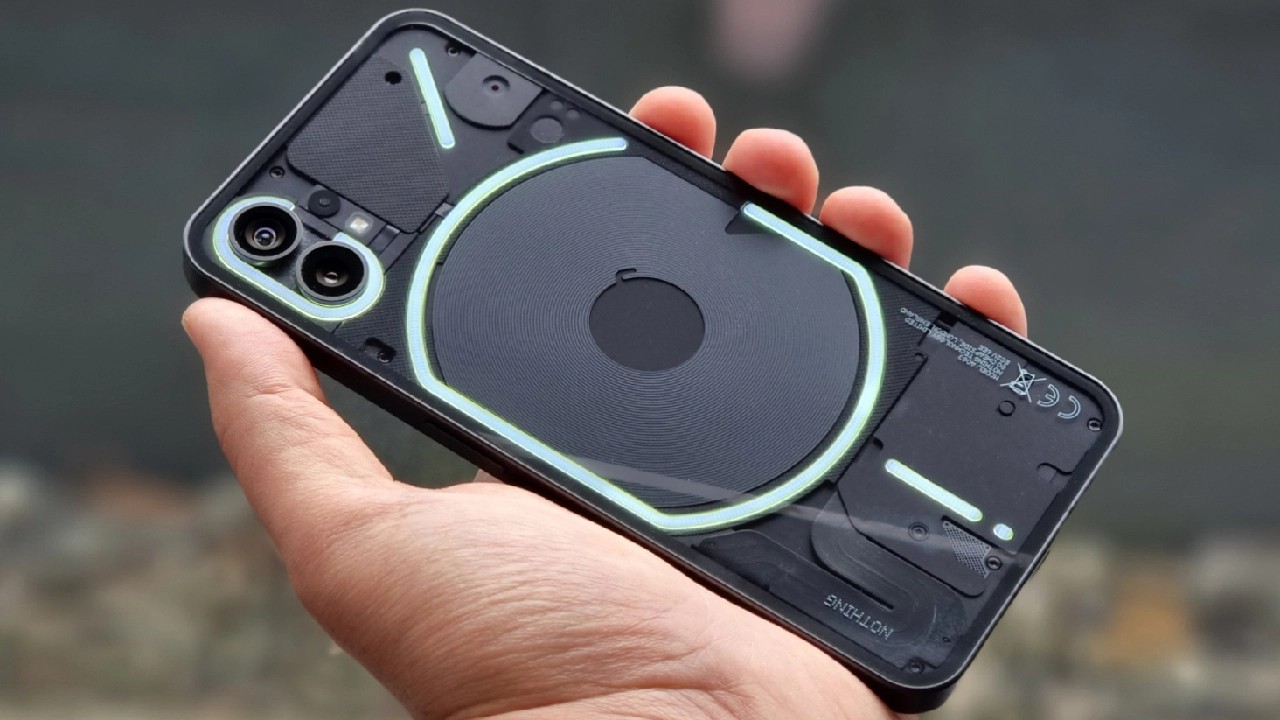Nothing Phone (2) receives its first comprehensive update
Following a lengthy anticipation, the Nothing Phone (2) which recently hit the shelves, has now undergone its first major update.

The Nothing Phone (2) has recently made its global debut, showcasing innovative features such as the Snapdragon 8+ Gen 1 SoC, an upgraded camera system, and the newly formulated Nothing OS 2.0. Not long after the phone's launch, the brand has released the first software update. This update serves to rectify initial issues and includes new features, enhancing the overall user experience.
One of the salient features introduced in the Nothing Phone (2)'s software update is the Glyph Composer app. This unique app allows users to create their own Glyph sequences and use them as their ringtones. The phone's rear lightning elements can now also be personalized in more versatile ways. Importantly, the update comes with a Glyph progress feature specifically for Uber, providing users with a real-time update on their incoming Uber rides.
Nothing Phone (2) receives its first comprehensive update
The update has expanded the phone's widget capabilities. Now, users have the option to add widgets and quick setting widgets on both the lock and home screens. Phone-specific adjustments have been made with the inclusion of Nothing Machine style ringtones and notification sounds, which were originally from the Phone (1) model but have now been tuned to suit the Nothing Phone (2). The update also comes with four new wallpapers and an added one-handed mode, improving usability.
On top of the new features, the update also brings enhancements to the phone's camera performance in low-light conditions, HDR camera effects, and motion capture clarity. Network performance for specific carriers is boosted, power consumption during data transfer is reduced, and the Glyph Interface's display logic is improved when the device is unlocked.
Furthermore, the software update resolves a few key issues. Among them is the foggy image problem encountered when using the front camera in backlit conditions, a few Glyph-related issues, and some app lock-related problems. It also addresses a rare instance where the Quick Settings load slower than usual and an issue where the system kills background apps when under high memory load.
 Xiaomi might become one of the biggest players in the electric car industryCars
Xiaomi might become one of the biggest players in the electric car industryCars





